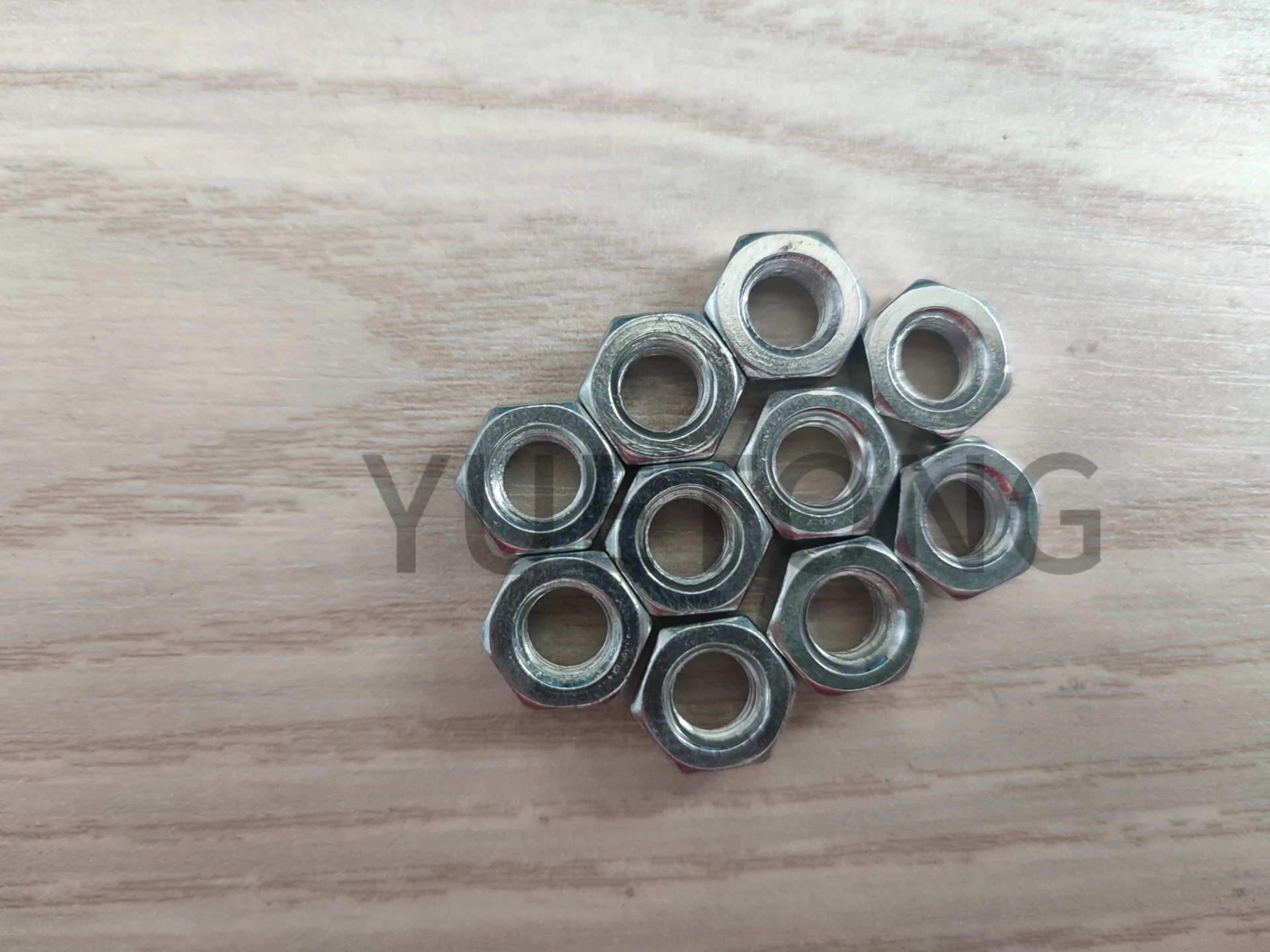Set . 29, 2024 01:21 Back to list
Comprehensive Guide to Metric Hex Nut Size Measurements and Specifications
Understanding Metric Hex Nut Size Chart A Comprehensive Guide
When it comes to mechanical engineering and assembly, the importance of using the correct hardware components cannot be overstated. Among these components, hex nuts play a crucial role in securing bolts and other fasteners. This article aims to provide you with a comprehensive understanding of the metric hex nut size chart, how to interpret it, and the significance of using the right size.
What is a Hex Nut?
A hex nut is a hexagonal block made of metal that is used alongside a bolt to fasten two or more materials together. Available in various dimensions and materials, hex nuts can be classified based on their size, strength grade, and material properties. While imperial measurements are common in the US, metric measurements are widely used in Europe and many other parts of the world.
Importance of the Metric Hex Nut Size Chart
The metric hex nut size chart is vital for anyone involved in construction, manufacturing, or DIY projects. Understanding the metrics is essential for several reasons
1. Proper Fit Using the correct size of hex nut ensures a snug fit, which minimizes the chance of loosening under vibration or movement. 2. Load Distribution A correctly sized hex nut can distribute the load evenly across the surface, preventing stress concentration and potential failure.
3. Safety In critical applications, the wrong size nut can lead to catastrophic failures. Ensuring the right fit contributes to overall safety and reliability in engineering designs.
Breaking Down the Metric Hex Nut Size Chart
A typical metric hex nut size chart includes various specifications such as nominal diameter, thread pitch, width across flats, height, and material grade. Here’s a basic breakdown
1. Nominal Diameter This specifies the diameter of the bolt for which the nut is designed. Common sizes include M5, M6, M8, M10, M12, M14, and so forth, where M stands for metric.
2. Thread Pitch This refers to the distance between threads, usually measured in millimeters. For example, a standard M10 nut may have a thread pitch of 1.5mm.
metric hex nut size chart

4. Height The height of the nut can also affect its performance in certain applications. Taller nuts provide better grip in high-stress environments.
5. Material Grade Hex nuts are made from various materials, including zinc-plated steel, stainless steel, and alloys. The material grade indicates the strength and application suitability of the nut.
Choosing the Right Hex Nut
Selecting the right hex nut requires careful consideration of the specifications listed in the metric hex nut size chart. Here are some steps to ensure you make the right choice
- Identify the Bolt Size Know the nominal diameter and thread pitch of the bolt you are using.
- Refer to the Chart Use the metric hex nut size chart to find the corresponding nut size.
- Check Material Compatibility Ensure that the material of the nut matches your application’s requirements in terms of strength and corrosion resistance.
- Consider Additional Factors Look into any additional factors such as strength grades and any specific industry standards that may apply to your project.
Conclusion
A firm understanding of the metric hex nut size chart is invaluable for engineers, manufacturers, and DIY enthusiasts alike. Ensuring you select the appropriate size and material can mean the difference between a successful assembly and catastrophic failure. Always consult the chart and specifications to ensure safety and performance in your projects. Whether you are working on a simple household task or a complex engineering project, the significance of the right hex nut cannot be underestimated.
-
The Ubiquitous Reach of DIN934 in Application Realms
NewsMay.16,2025
-
Exploring Different Bolt Types
NewsMay.16,2025
-
Cracking the Code of Sleeve Anchor Mastery
NewsMay.16,2025
-
Clamp Design Principles,Types and Innovations
NewsMay.16,2025
-
Artistry Inspired by the Humble Anchor Bolt
NewsMay.16,2025
-
A Deep Dive into Screw Types
NewsMay.16,2025


